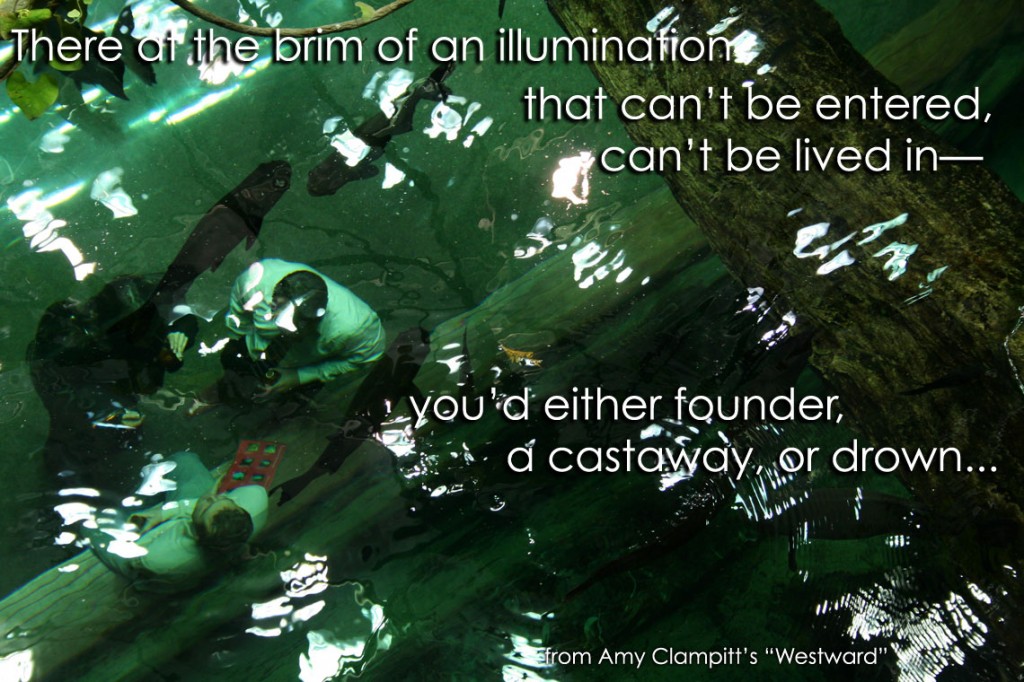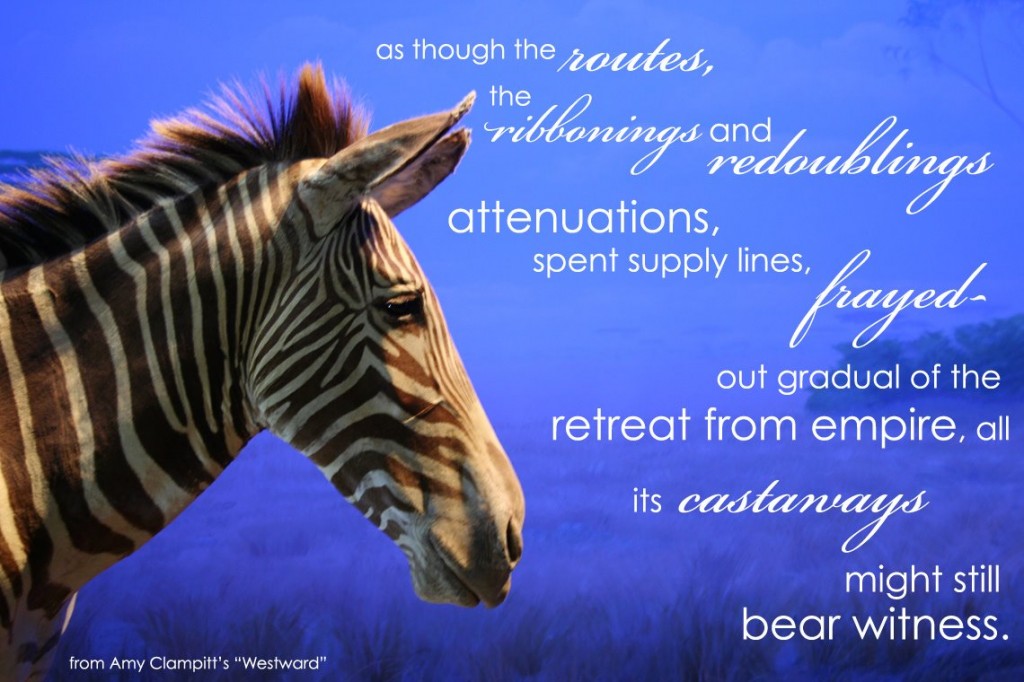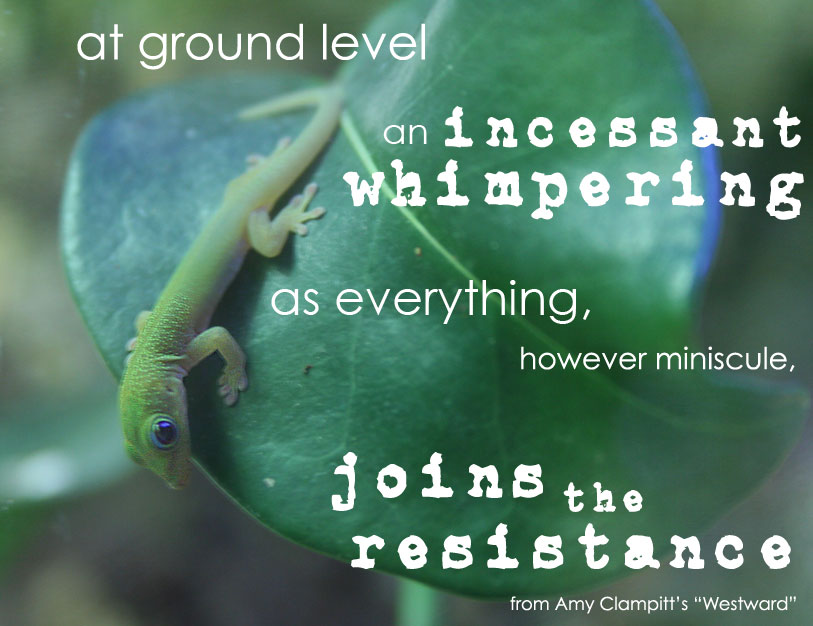I’m attending the National Council on Public History conference in Pensacola. Today was packed with interesting conversations. I started the morning by attending a panel on civil dialogue in public history practice with Marla Miller of the University of Massachusetts, Amherst; Meghan Gelardi Holmes of Rutgers; and Lokki Chan of the Lower East Side Tenement Museum.
I’m not going to write about the 1.5 hours of presentations and conversation, but rather share a few of the things that stuck with me.
Developing Public History Students
First, Miller shared a list of four traits she said the faculty at the U. Mass Amherst try to cultivate in their public history students:
- tact
- diplomacy
- patience
- humility
It wasn’t clear to me if these are the top four traits they try to cultivate, or just those that relate to civility.
Regardless, it made me consider what might be the top four traits I try to cultivate in my public history students. Here’s my first stab at that list:
- resourcefulness
- creativity
- empathy
- thoughtfulness
Students here are incredibly polite, so I suppose I’m less interested in Miller’s list (which many of the students here have mastered) than I am in dynamic engagement and thoughtful provocation.
What traits are you trying to cultivate in your students, interns, or staff, and why?
Past and Present, Stories, Engagement
Chan said that the among the goals of the Lower East Side Tenement Museum’s program that combines a tour with an hour-long discussion are
- deromanticizing the past and complicating the present
- highlighting the power of individual stories to inspire civic engagement
- emphasizing that, in the words of Rev. Wilson Goode, “Every solution starts with a conversation. It requires a willingness to talk and to listen.”
Drawing on Lois Silverman’s work on museum experiences as therapy, the presenters underscored that what docents wish to emphasize might not be what visitors take away from the tour. If a docent in a house museum, for example, mentions that a woman miscarried, there’s no way of knowing that a visitor isn’t going through a similar loss.
Triggers abound. Remember to be compassionate, to observe, and to listen.
A good deal of the conversation following the panelists’ presentations centered around getting the “Fox News demographic” to share authentically with the “NPR demographic,” and vice versa. Especially in a place as loaded with history and politics as a tenement that was home to generations of immigrants, it’s important to establish an atmosphere where it’s possible for people to ask difficult questions and remain open to answers that might make them uncomfortable.
In My Classroom
On Monday, my public history grad students were treated to a presentation by one of their own, a student who served three terms in the state legislature. He termed himself a “progressive Republican.”
I had to smile at such a rare description. In this state, politics are so far to the right that one commenter on a newspaper website recently pointed out that in any other state he’d be an extremist, reactionary, right-wing Republican, but in this state, he’s a conservative Democrat.
Anyway, this student talked about how, a few years back, he tried to introduce a bill to require state and county agencies to engage with the state historical society when they were talking about demolishing or altering buildings older than 50 years.
Apparently the bill prompted at least one legislator to point out that his outhouse was more than 50 years old–and he still used it.
We read over the proposed bill, discussed my student’s reasons for introducing it–and then had a very interesting conversation about working “across the aisle” when the aisle is more of a giant fissure.
Specifically, I asked my students what kind of rhetoric they might adopt if they were going to pitch a similar bill to today’s even more conservative state legislature.
The students came up with many examples, including substituting “Idaho’s heritage” for “Idaho history.” I thought that was pretty savvy, as many of the legislators come from rural districts and either are ranchers or have been at one time, and phrases like “Idaho’s agricultural heritage” or even “Idaho’s mining heritage” probably sound pretty good to them.
The former legislator also talked about the sexism of the House floor, and how many of the older male representatives expressed offense at women who dressed in a way that showed what they believed to be too much skin or–God forbid–cleavage. Class ended before we had the chance to delve into the issue of whether my young women public historians ought to dress modestly to meet the expectations of the power brokers, or if they should dress in ways that made sense to themselves. I’m sure that would have been an interesting conversation.
I pointed out that being able to not only see an issue from another perspective but to speak the language of that perspective was very powerful indeed, and that it was a skill humanists seeking funding from penny-pinching legislators would do well to develop. How can we teach students to empathize, and to voice their ideas in ways that appeal to people who would not normally find them appealing–all while remaining authentic to their core selves so that they don’t feel slimy? (Of course, this idea applies not only to humanities appeals to conservative legislators, but also to any context where there are two or more groups of people who tend to talk past one another rather than with each other.)



